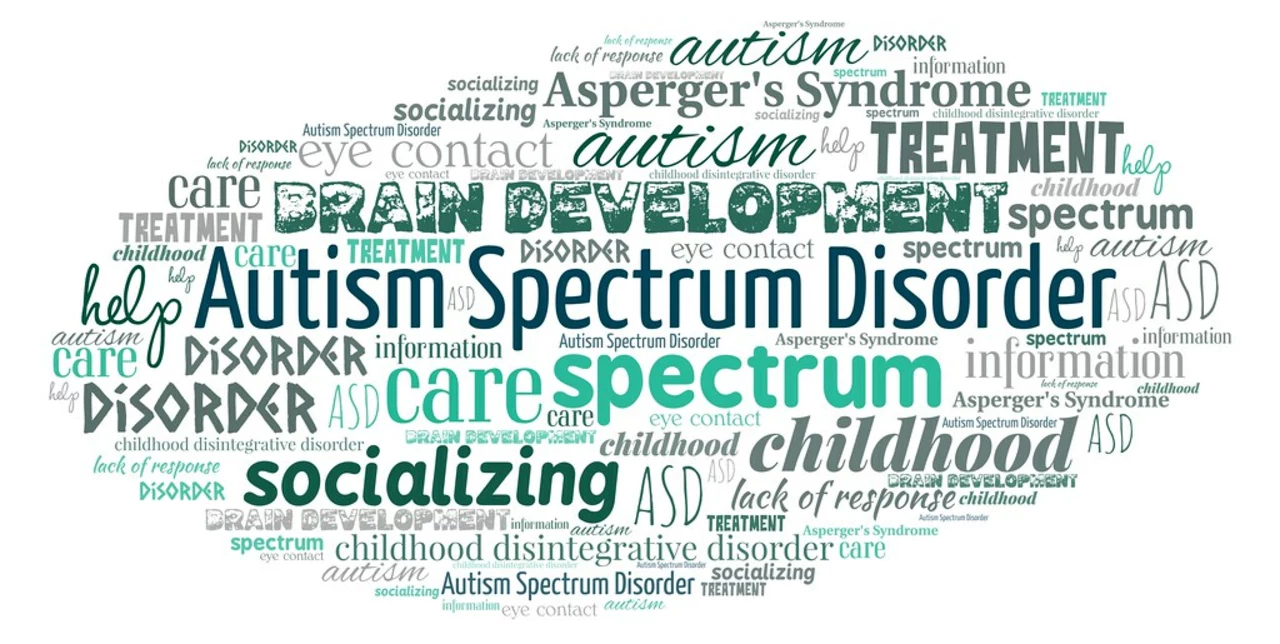Autism Spectrum Disorder: Clear Signs, Diagnosis, and Practical Support
Noticing differences in social skills, routines, or sensory reactions? Those can be signs of autism spectrum disorder (ASD). This page gives straight, usable info: what to watch for, how diagnosis usually works, and practical steps you can take right away—whether you're a parent, teacher, or an adult figuring things out.
Recognizing signs and getting a diagnosis
ASD shows up differently from person to person. Common early signs include delayed speech, limited eye contact, strong preference for routines, intense interests, and unusual reactions to sounds, textures, or lights. For older kids and adults, difficulties with social cues, anxiety in new settings, and repetitive behaviors are common.
If you think someone might be on the spectrum, start by writing down specific behaviors, when they happen, and any triggers. Bring that list to a pediatrician, family doctor, or community health clinic. Diagnosis often involves developmental screening tools, observations, and interviews with caregivers. For an official evaluation, a multidisciplinary team—like a psychologist, speech therapist, and occupational therapist—may be involved.
Early intervention matters. Research shows that early therapy can improve communication and daily skills. Don’t wait for a “perfect” moment to act—ask for help as soon as concerns appear.
Practical supports and everyday strategies
Therapies people use most often include speech therapy (for communication), occupational therapy (for sensory and daily living skills), and behavioral therapy (for learning new skills and reducing meltdowns). Medication doesn’t treat autism itself, but doctors sometimes prescribe meds for anxiety, ADHD, or severe behaviors. Ask your clinician about risks and benefits before starting any drug.
Small daily changes can make a big difference. Try visual schedules to show routines, break tasks into tiny steps, and create quiet zones for sensory breaks. Use clear, direct language and give a warning before transitions (“In five minutes we will leave the park”). For school-age kids, ask about an Individualized Education Program (IEP) or 504 plan to get classroom supports.
Parents: build a small team—therapist, teacher, and another parent who understands ASD. Track progress with short notes and photos so you can show what’s working. Adults with autism: seek vocational support, social skills groups, and therapists who specialize in adult care—services exist beyond childhood.
Looking for resources? Local health departments, autism support organizations, and reputable clinics are good starting points. Online forums can be helpful but double-check medical advice with a professional. If you’re overwhelmed, ask for a care coordinator or social worker to help navigate services and paperwork.
If behavior suddenly changes, or self-harm, severe aggression, or loss of basic skills appears, contact your doctor right away or visit an urgent care. For long-term planning, consider financial and legal steps like guardianship, benefits, and supported housing when appropriate.
Want focused reads or tools? Explore our articles on therapies, medication guides, and schooling options to find practical next steps you can use today.

Topiramate for Autism Spectrum Disorder: A Closer Look
May 29, 2023, Posted by Mike Clayton
In my recent blog post, I delved deeper into the potential benefits of Topiramate for individuals with Autism Spectrum Disorder (ASD). Topiramate, an anticonvulsant medication, has shown promise in improving repetitive behaviors and social skills in those with ASD. Although further research is needed, some studies suggest it may be a helpful treatment option. As always, it's important to consult with a healthcare professional before considering any new medication. Stay tuned for more updates on this fascinating topic!
MORESEARCH HERE
Categories
TAGS
- treatment
- online pharmacy
- dietary supplement
- side effects
- health
- dietary supplements
- health benefits
- online pharmacy Australia
- medication adherence
- medication safety
- thyroid disorders
- treatment option
- calcipotriol
- blood pressure
- erectile dysfunction
- closer look
- optimal health
- sexual health
- bacterial infections
- nutrition
